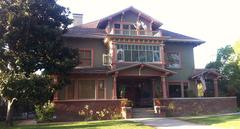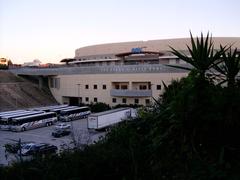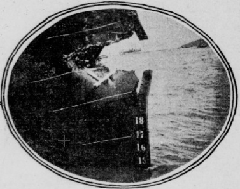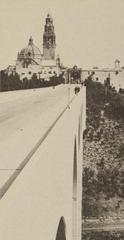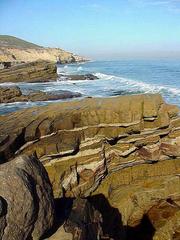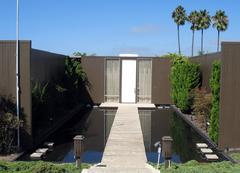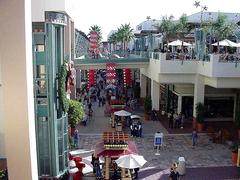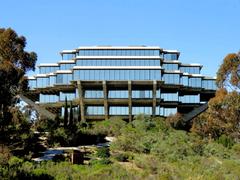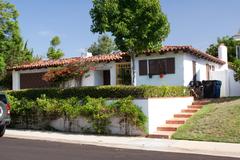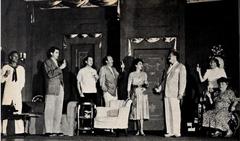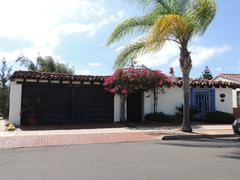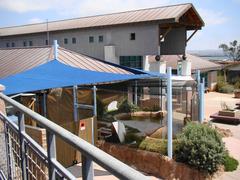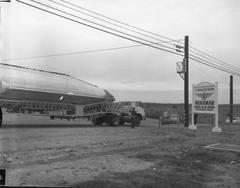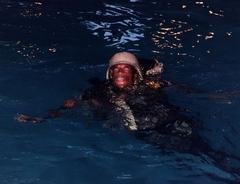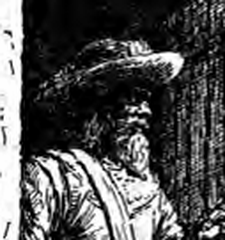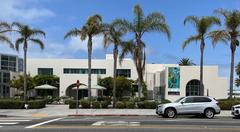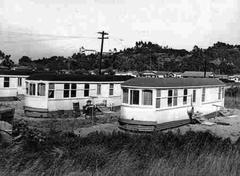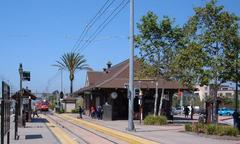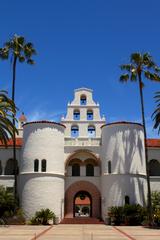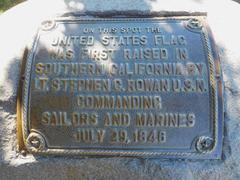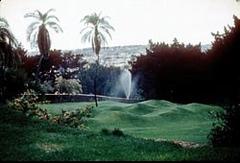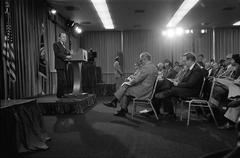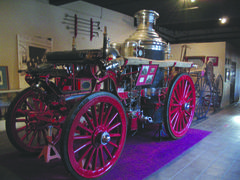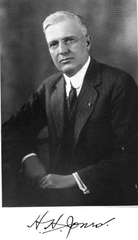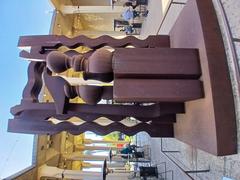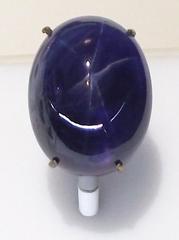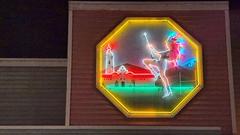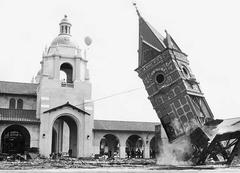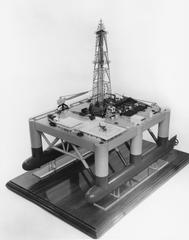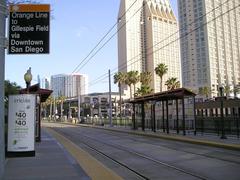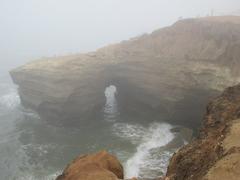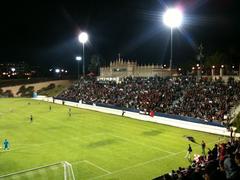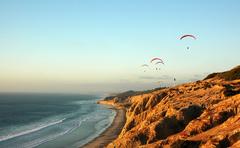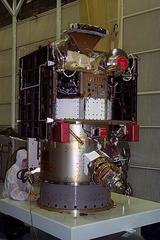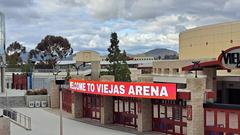
El Cid Campeador Visiting Hours, Tickets, and San Diego Historical Sites Guide
Date: 03/07/2025
Introduction
San Diego’s Balboa Park is home to one of the city’s most iconic monuments: the El Cid Campeador statue. This monumental bronze equestrian sculpture, created by pioneering American sculptor Anna Hyatt Huntington in 1927 and installed in 1930, honors Rodrigo Díaz de Vivar—El Cid—a legendary 11th-century Spanish knight. Set in the Plaza de Panama, amidst Balboa Park’s renowned Spanish Colonial Revival architecture and leading museums, the statue is a striking tribute to the shared heritage between Spain and California. Its accessible location and free admission make it a must-see for art lovers, history enthusiasts, and casual visitors alike.
This guide provides everything you need to know about visiting the El Cid statue: hours, location, accessibility, historical context, nearby attractions, photography tips, and more. Official resources like the Balboa Park website and the San Diego Tourism Authority offer the latest information on park events and amenities.
Discover why El Cid remains a symbol of bravery, cultural convergence, and artistic achievement in the heart of San Diego.
(LA Times, The Hispanic Council)
Contents
- Introduction
- Geographic Location and Accessibility
- Visiting Hours and Ticket Information
- Cultural and Historical Significance
- Nearby Attractions and Activities
- Accessibility and Visitor Amenities
- Special Events and Guided Tours
- Photographic Opportunities
- Navigational Resources
- Frequently Asked Questions (FAQ)
- Conclusion
- Sources
Geographic Location and Accessibility
Placement within Balboa Park
The El Cid Campeador statue stands at the Plaza de Panama, centrally located in Balboa Park. It is adjacent to the San Diego Museum of Art and near the Spreckels Organ Pavilion, making it easily accessible to visitors exploring the park’s cultural corridor. This prominent position places El Cid within easy walking distance of key sites like the Timken Museum of Art, House of Hospitality, and the Alcazar Garden.
Transportation and Parking
Balboa Park is accessible by car, public transit, bike, or on foot. The main parking lot at Inspiration Point offers ample space, and a free tram service connects visitors to the park’s core, including the Plaza de Panama. Valet parking is also available at The Prado Restaurant. Several city bus lines and the Old Town Trolley serve the park (Balboa Park Visitor Center).
Accessibility
The Plaza de Panama and its surroundings are fully wheelchair accessible, with paved paths and nearby accessible parking. The park features ramps, accessible restrooms, and seating areas to accommodate all visitors.
Visiting Hours and Ticket Information
Hours
- Balboa Park Grounds: Open daily from 5 a.m. to midnight.
- El Cid Campeador Statue: Accessible outdoors during all park hours.
- Nearby Museums: Typically open 10 a.m. to 5 p.m.; check individual websites for details.
Tickets and Admission
- El Cid Statue & Plaza de Panama: Free and open to the public; no tickets required.
- Museums & Attractions: Separate admission fees may apply. Consider a Balboa Park Explorer Pass for multi-museum access (Balboa Park Official Website).
Cultural and Historical Significance
Artistic Vision and Creation
Anna Hyatt Huntington (1876–1973) was a pioneering sculptor known for her dynamic animal studies and monumental public works. Her creation of the El Cid statue in 1927, cast in bronze and installed in 1930, was a milestone in public art. Huntington’s academic realism is evident in the lifelike anatomy of El Cid and his horse, Babieca, conveying motion and heroism (LA Times).
Symbolism
El Cid, or Rodrigo Díaz de Vivar, is celebrated in Spanish history as a paragon of military prowess and chivalric virtue. Huntington’s depiction—El Cid with a raised spear, clad in chain mail—captures the knight’s legendary status. The statue not only represents Spanish heritage but also stands as a testament to the contributions of women artists in early 20th-century America.
Historical Context
Commissioned by Anna and Archer Milton Huntington (founder of the Hispanic Society of America), the statue was a gift to the city and reflects the region’s deep Hispanic roots. Its presence in Balboa Park, with its Spanish Colonial Revival architecture, reinforces the cultural bridge between Spain and California (The Hispanic Council).
Nearby Attractions and Activities
- San Diego Museum of Art: Features Spanish and European art collections.
- Alcazar Garden: Inspired by Seville’s gardens, located south of the statue.
- California Tower and Museum of Us: Offers panoramic views and cultural exhibits.
- Botanical Building and Lily Pond: A scenic spot for photos and relaxation.
- Spanish Village Art Center: Showcases local artists and craftspeople.
Accessibility and Visitor Amenities
The Plaza de Panama is equipped with wide, paved paths and is fully accessible to wheelchairs and strollers. Accessible restrooms and seating are nearby. The park provides maps and assistance at the Balboa Park Visitor Center.
Special Events and Guided Tours
The El Cid statue often serves as a focal point for Balboa Park’s cultural festivals and educational tours. Guided and self-guided tours are available, and the statue is highlighted during events like Hispanic Heritage Month and Balboa Park December Nights. For schedules, consult the Balboa Park Events Calendar.
Photographic Opportunities
The statue’s elevated pedestal and dynamic pose make it a striking photographic subject. For optimal lighting, visit early in the morning or during the golden hour. The surrounding gardens and Spanish Colonial Revival architecture provide a stunning backdrop.
Navigational Resources
Pick up free maps and guides at the Balboa Park Visitor Center. The Balboa Park Official App offers interactive maps and up-to-date information.
Frequently Asked Questions (FAQ)
Q: What are the El Cid statue’s visiting hours?
A: The statue is accessible outdoors during Balboa Park’s hours, 5 a.m. to midnight daily.
Q: Is there an admission fee?
A: No, visiting the statue is free.
Q: Is the site accessible for visitors with disabilities?
A: Yes, the statue and nearby paths are wheelchair accessible.
Q: Are guided tours available?
A: Yes, both guided and self-guided tours of Balboa Park include the El Cid statue.
Q: What is the best time for photos?
A: Early morning and late afternoon provide the best natural lighting.
Conclusion
The El Cid Campeador statue in Balboa Park is a remarkable intersection of art, history, and cultural heritage. Anna Hyatt Huntington’s bronze monument not only celebrates the legendary Spanish knight but also anchors San Diego’s connection to its Hispanic roots. With its accessible, central location, no admission fees, and proximity to top museums and gardens, El Cid is a must-see for anyone exploring San Diego’s historical sites.
Plan your visit today, and enrich your Balboa Park experience by exploring this symbol of bravery and cultural fusion. Download the Audiala app for interactive self-guided tours and stay informed about events and attractions. For more details, visit the Balboa Park official website.


